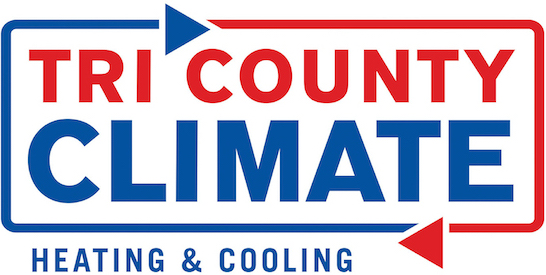
Having cozy heating and cooling in Bend, Oregon, year-round appears to be a good approach. But in reality, how can you maintain a cozy home while controlling energy costs?
Keeping your home cozy when it’s cold isn’t as difficult as you may think. But at times you may require specialized assistance if you’re finding hot and cold pockets. Or if your furnace doesn’t provide comfort like it used to.
If you’re experiencing comfort issues or are looking for furnace repair, the heating and cooling specialists at Tri County Climate Control LLC can help. Get in touch with us at 541-546-1393 to request an appointment now.
For the time being, here are some tips on how to handle your thermostat during the winter.
Decrease Settings When You Go to Work
Setting the thermostat back 10–15 degrees while you’re away can save 5–15% on your heating costs, according to the Department of Energy. If your house is empty during the day, this is a great method to limit expenses. And when you contemplate what only 5% could do for your energy expenses, that can make a big difference!
Lower Temps Why You Sleep
You can also lower the temp before you go to sleep. It even benefits more than just your gas expenses! The best temperature for going to bed is 60-67 degrees, according to the National Sleep Foundation. Your body gets colder naturally to aid in sleeping, so keeping your sleeping area chilly could help you go to bed more quickly.
Use a Smart Thermostat
One thing to think about if you don’t already utilize it—a smart thermostat. You won’t have to head over to the thermostat to change it. In actuality, you can adjust it from almost anywhere with your web-enabled device. A Wi-Fi thermostat also picks up on your loved ones’ schedule and instinctively changes the temperature to help you save more on energy costs.
Have a More Comfortable Residence with Help from the Heating and Cooling Professionals
Even if you don’t make big changes to your temp, a tiny adjustment can benefit your energy costs.
While you are controlling your thermostat, there are several other things to keep in mind during the winter.
- Set an appointment for routine furnace maintenance. Heating service double-checks your system is working appropriately and could help make your furnace more efficient.
- Check your furnace filter. If you don’t notice light through it, you need to get a new one.
Both of these steps will help confirm your furnace is in ideal form to keep your residence comfy.
If you need help having a smart thermostat or have heating concerns, talk to the pros at Tri County Climate Control LLC to receive outstanding guidance. You can get in touch with us at 541-546-1393 or request an appointment online.

